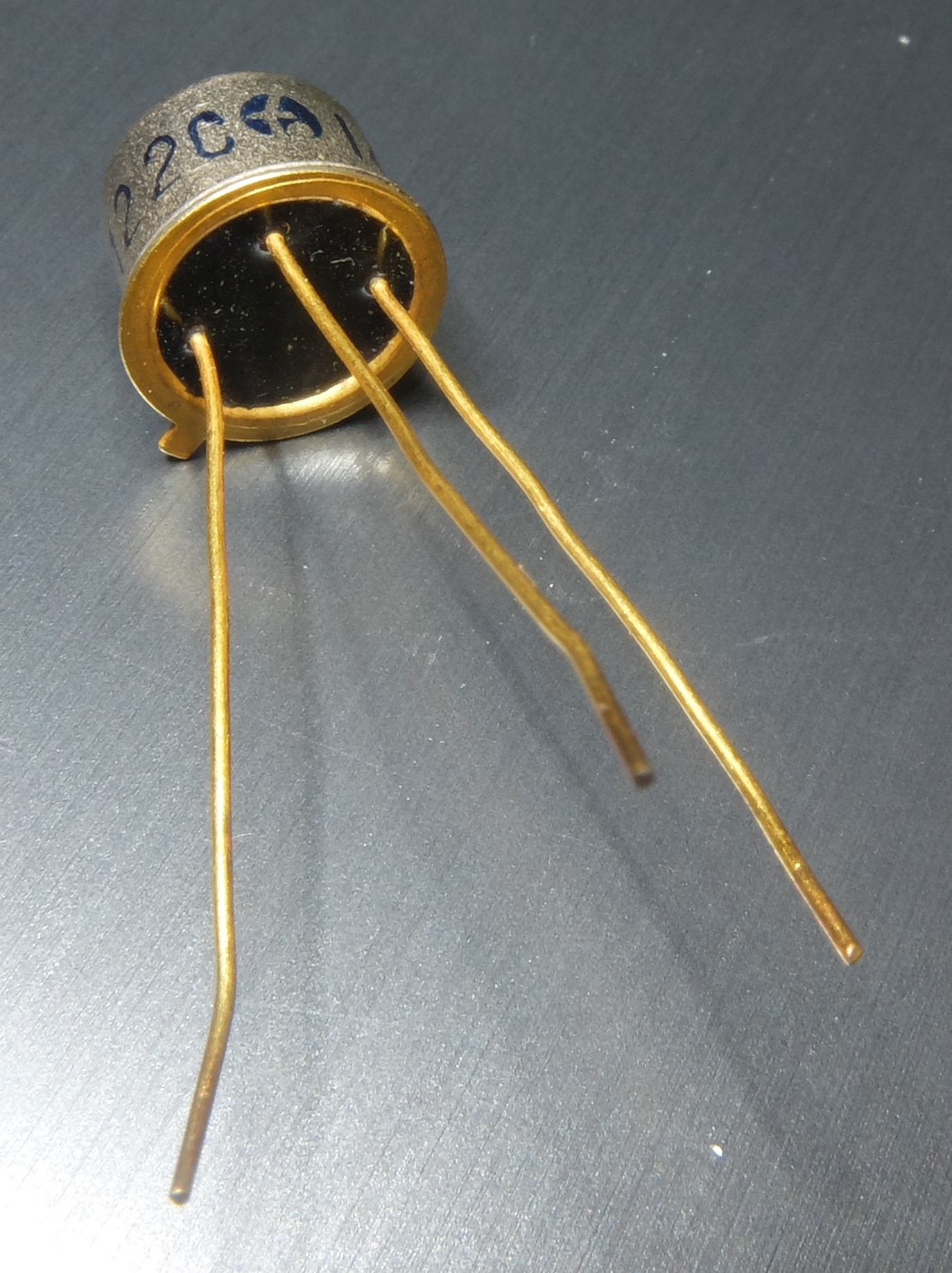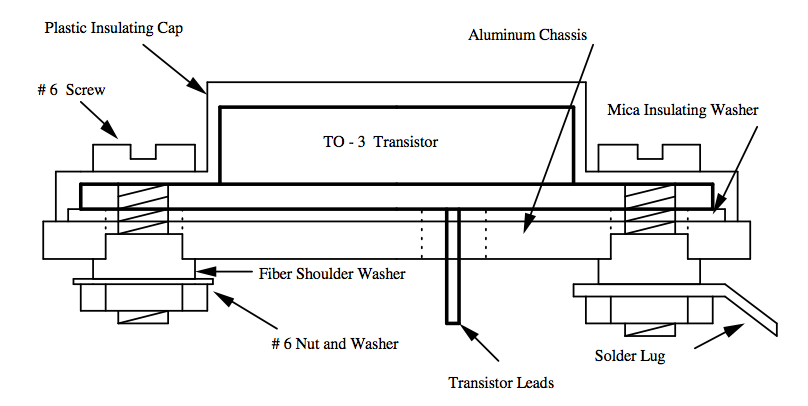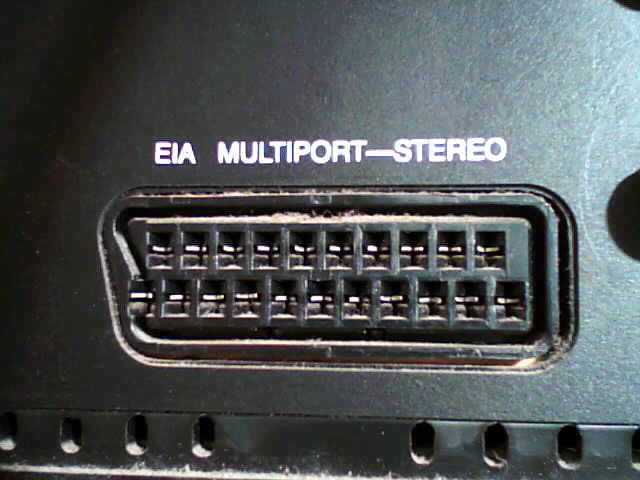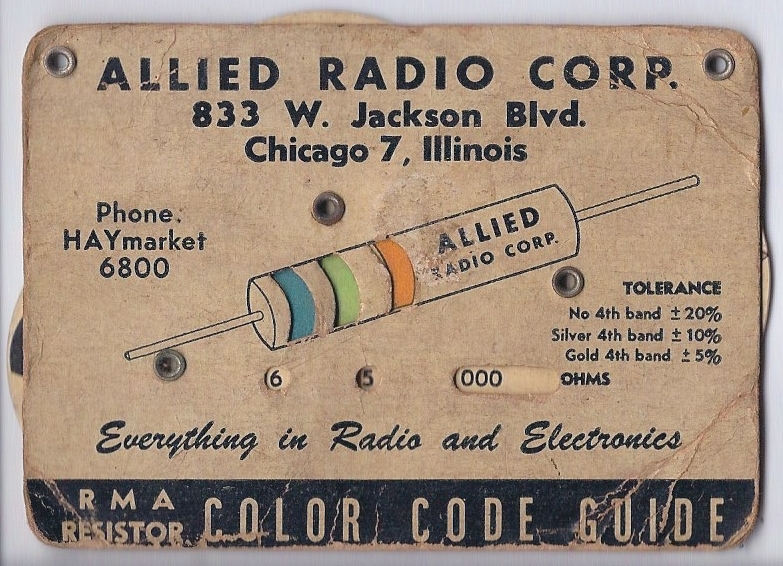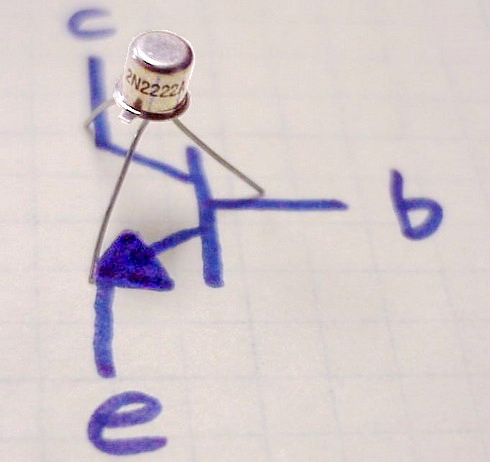|
JEDEC
The Joint Electron Device Engineering Council (JEDEC) Solid State Technology Association is a consortium of the semiconductor industry headquartered in Arlington County, Virginia, Arlington, United States. It has over 300 members and is focused on standardization of part numbers, defining an electrostatic discharge (ESD) standard, and leadership in the RoHS, lead-free manufacturing transition. The origin of JEDEC traces back to 1944, when Radio Manufacturers Association, RMA (subsequently renamed Electronic Industries Alliance , EIA) and National Electrical Manufacturers Association, NEMA established the Joint Electron Tube Engineering Council (JETEC) to coordinate vacuum tube type list of vacuum tubes, numberings. In 1958, with the advent of semiconductor technology, the joint JETEC-activity of Electronic Industries Association, EIA and NEMA was renamed into Joint Electron Device Engineering Council. NEMA discontinued its involvement in 1979. In the fall of 1999, JEDEC became ... [...More Info...] [...Related Items...] OR: [Wikipedia] [Google] [Baidu] |
TO-5
In electronics, TO-5 (Transistor Outline 5) is a designation for a standardized metal semiconductor package used for transistors and some integrated circuits. The ''TO'' element stands for "transistor outline" and refers to a series of technical drawings produced by JEDEC. The first commercial silicon transistors, the 2N696 and 2N697 from Fairchild Semiconductor, came in a TO-5 package. Construction and orientation The tab is located 45° from pin 1, which is typically the emitter. The typical TO-5 package has a base diameter of , a cap diameter of , a cap height of . The pins are isolated from the package by individual glass-metal seals, or by a single resin potting. Sometimes one pin is connected directly to the metal case. Variants Several variants of the original TO-5 package have the same cap dimensions but differ in the number and length of the leads (wires). Somewhat incorrectly, TO-5 and TO-39 are often used in manufacturer's literature as synonyms for any package wit ... [...More Info...] [...Related Items...] OR: [Wikipedia] [Google] [Baidu] |
JEDEC Memory Standards
The JEDEC memory standards are the specifications for semiconductor memory circuits and similar storage devices promulgated by the Joint Electron Device Engineering Council (JEDEC) Solid State Technology Association, a semiconductor trade and engineering standardization organization. JEDEC Standard 100B.01 specifies common terms, units, and other definitions in use in the semiconductor industry. JESC21-C specifies semiconductor memories from the 256 bit static RAM to DDR4 SDRAM modules. JEDEC standardization goals The Joint Electron Device Engineering Council characterizes its standardization efforts as follows: JEDEC Standard 100B.01 The December 2002 JEDEC Standard 100B.01 is entitled ''Terms, Definitions, and Letter Symbols for Microcomputers, Microprocessors, and Memory Integrated Circuits''. The purpose of the standard is to promote the uniform use of symbols, abbreviations, terms, and definitions throughout the semiconductor industry. Units of information T ... [...More Info...] [...Related Items...] OR: [Wikipedia] [Google] [Baidu] |
DDR SDRAM
Double Data Rate Synchronous Dynamic Random-Access Memory (DDR SDRAM) is a double data rate (DDR) synchronous dynamic random-access memory (SDRAM) class of memory integrated circuits used in computers. DDR SDRAM, also retroactively called DDR1 SDRAM, has been superseded by DDR2 SDRAM, DDR3 SDRAM, DDR4 SDRAM and DDR5 SDRAM. None of its successors are forward or backward compatible with DDR1 SDRAM, meaning DDR2, DDR3, DDR4 and DDR5 memory modules will not work on DDR1-equipped motherboards, and vice versa. Compared to single data rate ( SDR) SDRAM, the DDR SDRAM interface makes higher transfer rates possible through more strict control of the timing of the electrical data and clock signals. Implementations often have to use schemes such as phase-locked loops and self-calibration to reach the required timing accuracy. The interface uses double pumping (transferring data on both the rising and falling edges of the clock signal) to double data bus bandwidth without a cor ... [...More Info...] [...Related Items...] OR: [Wikipedia] [Google] [Baidu] |
TO-3
In electronics, TO-3 is a designation for a standardized metal semiconductor package used for power semiconductors, including transistors, silicon controlled rectifiers, and, integrated circuits. ''TO'' stands for "Transistor Outline" and relates to a series of technical drawings produced by JEDEC. The TO-3 case has a flat surface which can be attached to a heatsink, normally via a thermally conductive but electrically insulating washer. The design originated at Motorola around 1955 from a group headed by Virgil E. Bottom, Dr. Virgil E. Bottom. who was director of research of the Motorola Semiconductor Division. The first use of this design was for the germanium alloy-junction transistor, alloy-junction power transistor 2N176 – the first power transistor to be put into quantity production. The lead spacing was originally intended to allow plugging the device into a then-common tube socket. Typical applications The metal package can be attached to a heat sink, making it suitabl ... [...More Info...] [...Related Items...] OR: [Wikipedia] [Google] [Baidu] |
Diode
A diode is a two-Terminal (electronics), terminal electronic component that conducts electric current primarily in One-way traffic, one direction (asymmetric electrical conductance, conductance). It has low (ideally zero) Electrical resistance and conductance, resistance in one direction and high (ideally infinite) resistance in the other. A semiconductor diode, the most commonly used type today, is a Crystallinity, crystalline piece of semiconductor material with a p–n junction connected to two electrical terminals. It has an Exponential function, exponential current–voltage characteristic. Semiconductor diodes were the first Semiconductor device, semiconductor electronic devices. The discovery of asymmetric electrical conduction across the contact between a Crystal, crystalline mineral and a metal was made by German physicist Ferdinand Braun in 1874. Today, most diodes are made of silicon, but other semiconducting materials such as gallium arsenide and germanium are also ... [...More Info...] [...Related Items...] OR: [Wikipedia] [Google] [Baidu] |
List Of Vacuum Tubes
This is a list of vacuum tubes or ''thermionic valves'', and low-pressure gas-filled tubes, or ''discharge tubes''. Before the advent of semiconductor devices, thousands of tube types were used in consumer electronics. Many industrial, military or otherwise professional tubes were also produced. Only a few types are still used today, mainly in high-power, high-frequency applications and also in boutique guitar amplifiers. Heater or filament ratings Receiving tubes have heaters or filaments intended for direct battery operation, parallel operation off a dedicated winding on a supply transformer, or series string operation on transformer-less sets. High-power Valve RF amplifier, RF power tubes are directly heated. The heater voltage must be much smaller than the signal voltage on the grid and is therefore in the 5-25 V range, drawing up to hundreds of amperes from a suitable heater transformer. In some valve part number series, the voltage class of the heater is given in the ... [...More Info...] [...Related Items...] OR: [Wikipedia] [Google] [Baidu] |
Radio Manufacturers Association
The Electronic Industries Alliance (EIA; until 1997 Electronic Industries Association) was an American standards and trade organization composed as an alliance of trade associations for electronics manufacturers in the United States. They developed standards to ensure the equipment of different manufacturers was compatible and interchangeable. The EIA ceased operations on February 11, 2011, but the former sectors continue to serve the constituencies of EIA. History In 1924, 50 radio manufacturers in Chicago formed a trade group called the ''Associated Radio Manufacturers''. This organization was designed to control the licensing of the large number of radio patents so that each member could have access to all the relevant patents necessary to build radio transmitters, antennas and receivers. Over time, new electronic technologies brought new members, non-manufacturer members, and name changes. Names in chronological order: * 1924 – ''Associated Radio Manufacturers'' * ... [...More Info...] [...Related Items...] OR: [Wikipedia] [Google] [Baidu] |
Electronic Industries Association
The Electronic Industries Alliance (EIA; until 1997 Electronic Industries Association) was an American standards and trade organization composed as an alliance of trade associations for electronics manufacturers in the United States. They developed standards to ensure the equipment of different manufacturers was compatible and interchangeable. The EIA ceased operations on February 11, 2011, but the former sectors continue to serve the constituencies of EIA. History In 1924, 50 radio manufacturers in Chicago formed a trade group called the ''Associated Radio Manufacturers''. This organization was designed to control the licensing of the large number of radio patents so that each member could have access to all the relevant patents necessary to build radio transmitters, antennas and receivers. Over time, new electronic technologies brought new members, non-manufacturer members, and name changes. Names in chronological order: * 1924 – ''Associated Radio Manufacturers'' ... [...More Info...] [...Related Items...] OR: [Wikipedia] [Google] [Baidu] |
2N2222
The 2N2222 is a common NPN bipolar junction transistor (BJT) used for general purpose low-power amplifying or switching applications. It is designed for low to medium current, low power, medium voltage, and can operate at moderately high speeds. It was originally made in the TO-18 metal can as shown in the picture. The 2N2222 is considered a very common transistor, and is used as an exemplar of an NPN transistor. It is frequently used as a small-signal transistor, and it remains a small general purpose transistor of enduring popularity. The 2N2222 was part of a family of devices described by Motorola at a 1962 IRE convention. Since then it has been made by many semiconductor companies, for example, Texas Instruments.''The Transistor and Diode Data Book for Design Engineers'', Texas Instruments Incorporated, no date, TI publication number CC413 71242-73-CSS, page 4-93 Specifications The JEDEC registration of a device number ensures particular rated values will be met by a ... [...More Info...] [...Related Items...] OR: [Wikipedia] [Google] [Baidu] |
Open Standard
An open standard is a standard that is openly accessible and usable by anyone. It is also a common prerequisite that open standards use an open license that provides for extensibility. Typically, anybody can participate in their development due to their inherently open nature. There is no single definition, and interpretations vary with usage. Examples of open standards include the GSM, 4G, and 5G standards that allow most modern mobile phones to work world-wide. Definitions The terms ''open'' and ''standard'' have a wide range of meanings associated with their usage. There are a number of definitions of open standards which emphasize different aspects of openness, including the openness of the resulting specification, the openness of the drafting process, and the ownership of rights in the standard. The term "standard" is sometimes restricted to technologies approved by formalized committees that are open to participation by all interested parties and operate on a consensus basis ... [...More Info...] [...Related Items...] OR: [Wikipedia] [Google] [Baidu] |
Electrostatic Discharge
Electrostatic discharge (ESD) is a sudden and momentary flow of electric current between two differently-charged objects when brought close together or when the dielectric between them breaks down, often creating a visible electric spark, spark associated with the static electricity between the objects. ESD can create spectacular electric sparks (lightning, with the accompanying sound of thunder, is an example of a large-scale ESD event), but also less dramatic forms, which may be neither seen nor heard, yet still be large enough to cause damage to sensitive electronic devices. Electric sparks require a field strength above approximately 4 million V/m in air, as notably occurs in lightning strikes. Other forms of ESD include corona discharge from sharp electrodes, brush discharge from blunt electrodes, etc. ESD can cause harmful effects of importance in industry, including explosions in gas, fuel vapor and coal dust, as well as failure of solid state electronics components such as ... [...More Info...] [...Related Items...] OR: [Wikipedia] [Google] [Baidu] |

